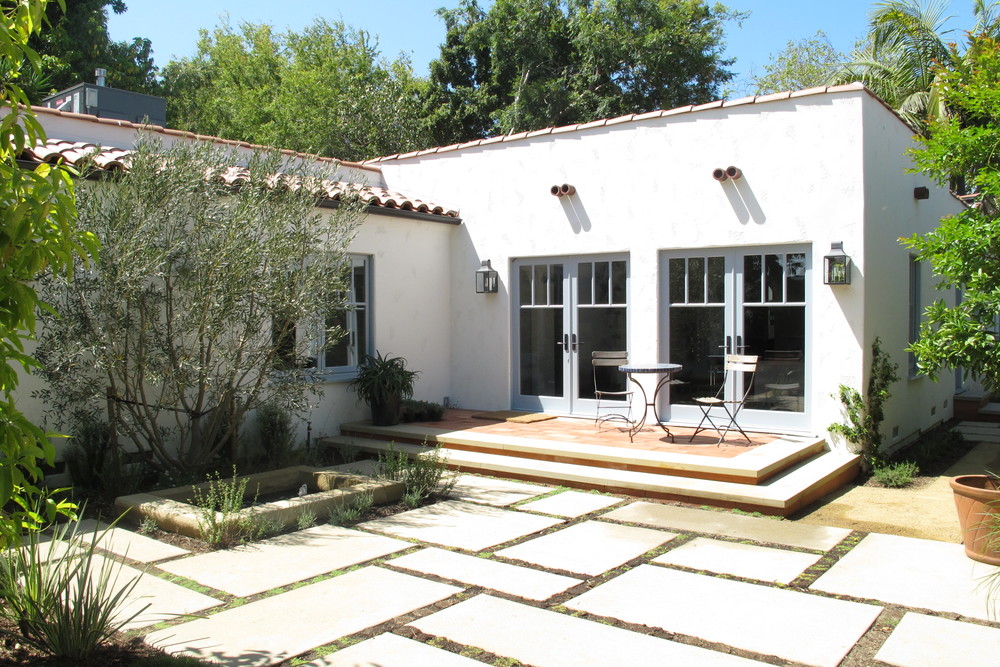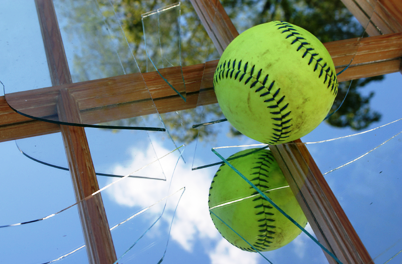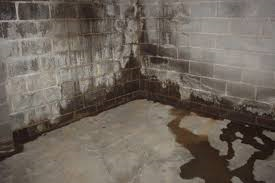Replace Stair Railing – Inside or Outside Los Angeles
Published by David Tali en 06/21/2018
Stairs have been around about as long as the need for humans to be at higher elevations have existed. And, it is a good bet that the need for stair railings was discovered shortly after a few unfortunate souls took a tumble because they had nothing to grab when they lost their balance. Thus, the stair railing has become an integral part of the staircase system just as important as the tread or riser.
Stair steps without railings are a safety hazard especially for children or elderly people who may have to use a cane to get around. Able bodied folks can experience a fall with one misstep or if they rush and try to jump over steps and railings. A staircase can present a definite hazard to intoxicated people.
The railing is designed to prevent falls by giving people something to grab when they begin to fall or to simply regain balance if they experience an unsteady moment.
Stair railings are either wall mounted, or they are integrated with the rest of the stair case. Wall mounted railings are easily installed at an angle to keep it a consistent height above each stair. Minor carpentry skills are needed to make angled cuts, locate wall studs and attach any brackets and end pieces. Compared to the integrated stair railing, wall mounted railings are much easier to replace. If the wall brackets are not damaged, all that might be needed is to replace the worn or broken bar.
Stairs and stair railings have some specific terminology:
Balustrades – if a staircase has a wall on one side and an open area on the other side, a wall mounted handrail will be on the wall side while the rail on the other side will sit atop and be part of a “balustrade”. Other parts of a balustrade are the newel post, spindles and base rail. Balustrade is not to be confused with the term “Banister” that is more synonymous with the handrail.
Newel Post – These are the two end supporting columns that support the handrail on the balustrade and are usually more ornate than the spindles.
Spindles – Spindles remind you of the spokes in a wooden wagon wheel. Spindles form the barrier to prevent children and drunks from falling and are evenly spaced over the length of the stairs. Most states regulate that the gap between spindles can be no larger than 4 inches.
Handrail or Banister – the top part of the balustrade that you hold onto when walking up or down the stairs.
There are several types of stairwell railings that are used in modern homes and we will briefly describe five of them.
Horizontal Steel – As the name indicates these are made of streel and have crossbars that run at a 45-degree angle to the spindles and parallel to the handrail.
Glass – elegant and stylish but can be fragile so glass handrails are not recommended for a home with rambunctious children or teenagers.
Frosted glass – same hazards as with clear glass but can hold designs and adds a touch of pizzazz to the décor.
Traditional Iron – These handrails can have a looping or swirling design instead of the usual straight spindles. Iron is sturdy and not easily damaged so is a good choice in homes with children or for people that like to host wild parties.
Wood – Wood handrails conjure images of the staircase in the southern mansion called Tara from the 1939 movie “Gone With the Wind”. Scarlett walks down the staircase to meet Rhett and holds onto the wood handrail as she makes her ascent. Wood is flexible and can be used in antebellum style handrails or more contemporary styles.
Railings on outside stairs present some challenges. The materials and styles can be the same except for glass but if wood is used it needs to be chemically treated to resist water and the effects of sunlight. Exterior stairs are normally made with concrete leading up to a porch or front door and any handrail must be mounted into the concrete. This is usually done by drilling a hole into the concrete and the use of an anchor bolt to secure a bracket to the concrete. The newel posts will be securely attached to brackets. This makes for an easy newel post replacement as the metal bracket and anchor bolt will remain permanently attached and the posts can be replaced as often as needed. If the concrete crumbles or fails around the anchor bolt, then the concrete will have to be replaced.
Other considerations with a handrail replacement are the cost to remove and dispose of the existing handrail and how much preparation work is needed to make the stairs ready for the new handrail.
The least expensive is a simple handrail replacement where there is little demolition work and the style is unchanged. The cost of a complete handrail and balustrade / spindle replacement will vary as to the size, style and if you choose to use a professional instead of doing the work yourself.
Categoría: Blog





